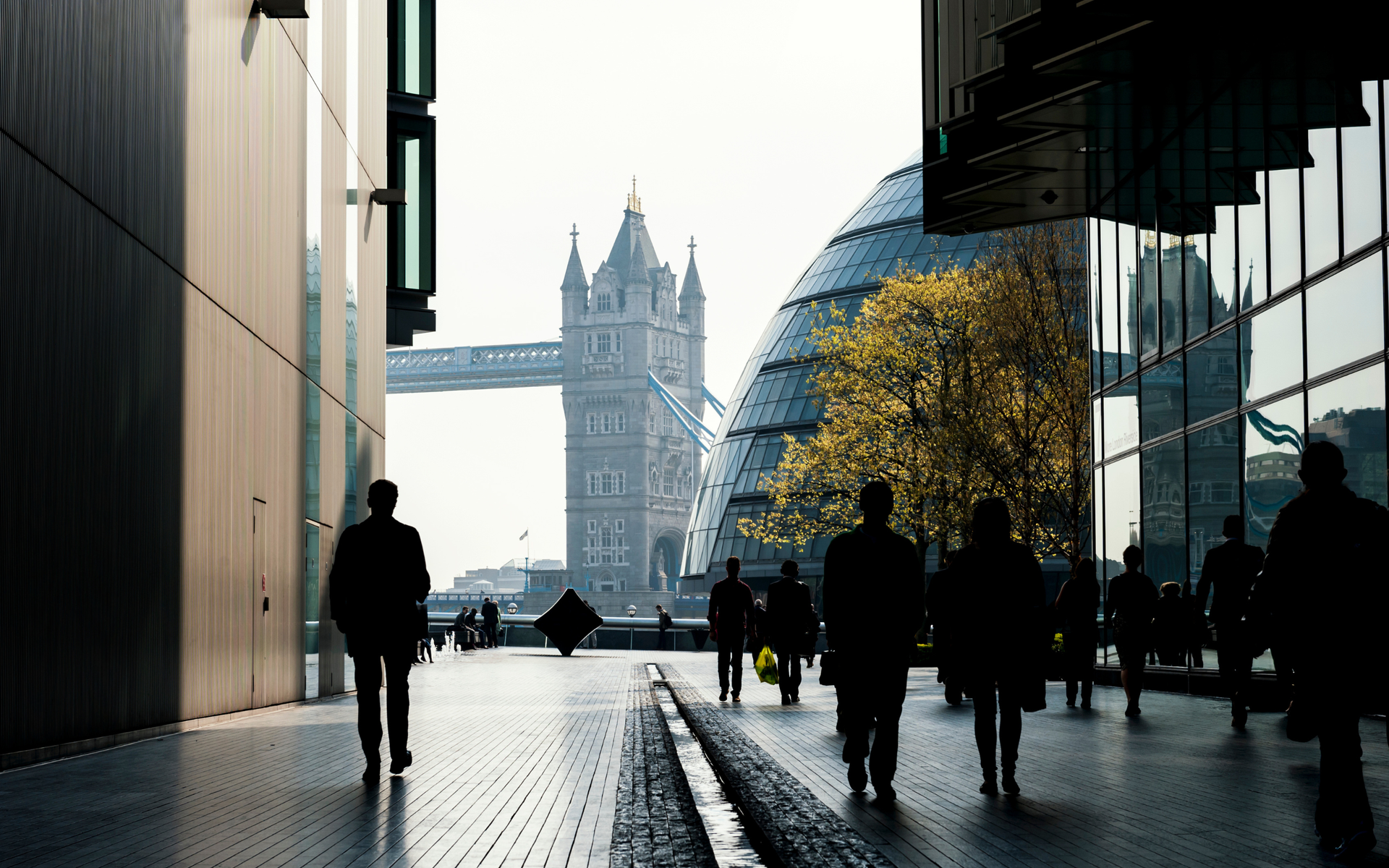What Is a Cyber Security Risk Assessment – And Why Your Business Can’t Afford to Skip It in 2025
Why forward-thinking IT leaders are making cyber risk assessments a strategic priority — not just a compliance checkbox.
The security environment is moving fast. And if you’re a CTO, CISO, IT Security Manager or Director, you’ll know exactly what that pressure feels like. Ransomware is no longer just a theoretical risk. It’s a topic coming up in board meetings. Third-party vendors you trusted last year are becoming security liabilities today. Phishing emails look more genuine than internal memos. Even cloud environments, once seen as the safest option, are facing constant scrutiny.
Welcome to cyber risk in 2025.
In this environment, a question is cropping up more and more among IT and security leaders: Have we genuinely got a handle on our cyber risk? If you haven’t carried out a proper cybersecurity risk assessment recently, the honest answer is probably "no."
This article cuts through the noise. We’ll break down what a cybersecurity risk assessment really involves, why it’s so important right now, what you can expect from the process, and how it can go beyond just bolstering defences by actually supporting your wider business strategy.
What a Cybersecurity Risk Assessment Really Means
Forget the tick-box audit image. A proper cybersecurity risk assessment is a strategic deep-dive into how your organisation handles digital risk. It looks at what matters most to your business, identifies where you’re vulnerable, and gives you the insight to make informed decisions about how to protect it.
This isn’t just about finding technical flaws. It’s about understanding your digital estate: where the valuable assets are, where the weak spots lie, what threats are most likely to target them, and what the potential fallout would be if they did.
The aim is clarity. Not a 150-page report of CVE IDs, but a narrative: "Here’s what matters. Here’s what’s exposed. Here’s the priority."
We’re talking about real-world context that internal teams, stakeholders, and board members can understand. Done right, a risk assessment shows you where your risks are, which ones you can live with, and which need to be dealt with — fast.
It usually includes a blend of asset discovery, threat modelling, control effectiveness review, policy and governance checks, supplier risk insight, and scenario analysis. The output? A prioritised, business-aligned remediation plan that doesn’t just say "fix everything", but instead says "start here, and here’s why."
Cybersecurity is no longer the sole concern of IT teams. It’s on the agenda in boardrooms and risk committees across the UK.
Executives aren’t asking "if" you’ll be breached — they’re asking when, how bad it could be, and whether the organisation is genuinely ready to respond. That change in tone is being driven by three key realities:
1. Threats Are Smarter and Harder to Stop
Attacks in 2025 are more surgical and sophisticated than ever. AI-generated phishing emails, ransomware-as-a-service, increasingly elusive malware — these are not problems you can patch your way out of. If you don’t fully understand your attack surface, you’re reacting to problems, not preventing them.
2. Regulatory Pressure Is Growing
The bar for compliance keeps rising. With updates to the UK's NIS2 directive and tighter GDPR scrutiny, regulators expect more proactive risk management. Add in insurers tightening requirements for cover — including proof of risk assessments — and you’ve got very real consequences for falling short.
3. Your Resilience Is the Business’s Resilience
A cyber attack can take your business offline, shake customer trust, and tank operational performance. Understanding where the biggest risks lie is the first step to building resilience, not just in your systems but across your supply chain and staff.
What You're Probably Overlooking
When we carry out risk assessments for clients, a common theme emerges: most organisations look secure on paper. But scratch the surface, and critical exposures often appear:
- Old systems quietly running business-critical processes, missing patches from five years ago.
- Identity and access setups that have drifted over time, giving more access than needed.
- Cloud services spun up without oversight, becoming part of your attack surface without anyone realising.
- A heavy reliance on one tool or one provider, creating a false sense of security.
The biggest gap, though? Prioritisation.
Not all risks are equal, but without a structured assessment, you might be focusing on the wrong things. A tailored assessment helps you focus your limited time and resources on the things that really matter.
Risk Assessments Aren’t Just for the Big End of Town
It used to be assumed that only banks, large enterprises or regulated firms needed to worry about formal cyber risk assessments. Not anymore.
SMEs are now a huge target. Why? Because attackers know they’re less likely to have mature defences, and they’re often part of the supply chain for bigger players. They’re the path of least resistance.
If you’re managing customer data, processing payments, or running anything in the cloud, then your organisation is very much in scope for attackers. Risk assessments are no longer a luxury or a compliance-driven chore — they’re an essential part of managing the health of your business.
What to Expect from CyberGen’s Approach
At CyberGen, we take a straightforward, business-led approach. We know the challenges — stretched internal resources, a flood of security tools and alerts, and pressure to demonstrate ROI on every pound spent.
So our assessments are designed to be collaborative, efficient, and outcome-focused.
We start with a short discovery call to get context on your structure, sector, goals and any known concerns. From there, we carry out a structured process using scanning tools, manual inspection, stakeholder interviews and best practice frameworks.
The outcome isn’t a scary binder full of red flags. It’s a prioritised, plain-English report tailored to your business, with practical recommendations and a clear action plan. Need help implementing changes? We can support that too. Need something aligned to ISO 27001, Cyber Essentials, or NIST? No problem.
And importantly: we don’t vanish after the assessment. Whether it’s quarterly reviews, targeted remediation help or board-level reporting, we’re on hand to keep you moving forward.
Making the Case at Board Level
Security leaders often tell us they struggle to get buy-in from the board. "They don’t get cyber," is the common frustration.
But the real issue is translation. Boards don’t need CVE IDs or SIEM dashboards. They need clarity on risk: what the business stands to lose, what’s being done to protect it, and what needs investment.
A good risk assessment gives you that narrative. It puts cyber risk into financial and operational context, so you can have conversations that drive action, not just nods.
When the business sees cybersecurity as an enabler rather than a drain, everything changes.
Take the First Step — It’s Simpler Than You Think
If your last assessment was a while ago, or if it didn’t leave you with a clear action plan, it’s time to revisit it. And if you’ve never done a formal risk assessment before? There’s no better time to start.
We make it easy. Our initial consultation is free and no-pressure. We’ll listen to your current setup, concerns and goals, and if a full risk assessment makes sense, we’ll guide you through it.
Cyber risk is evolving. But so is your ability to stay ahead of it.
Want to get a clearer picture of your organisation’s cyber risk? Let’s have a conversation and build a security posture that keeps your business moving — securely.








